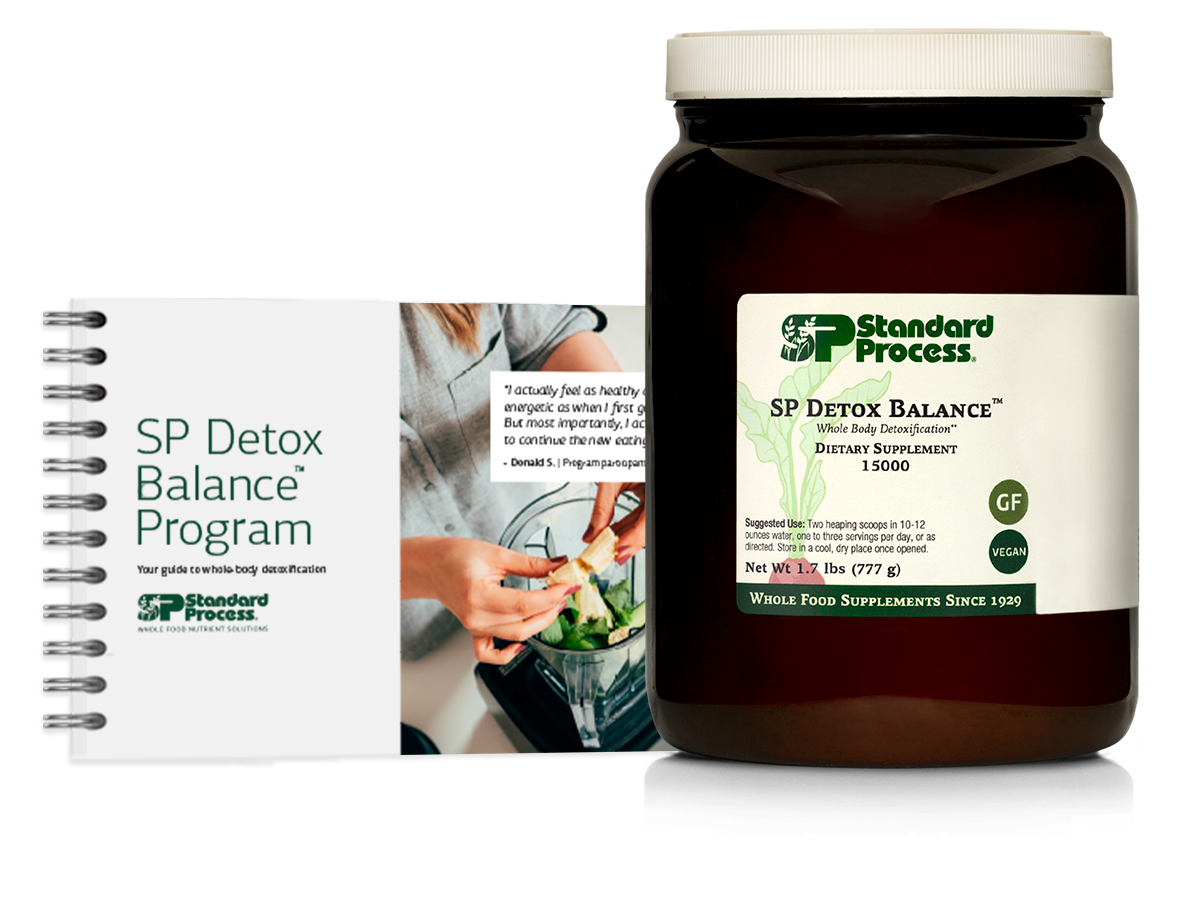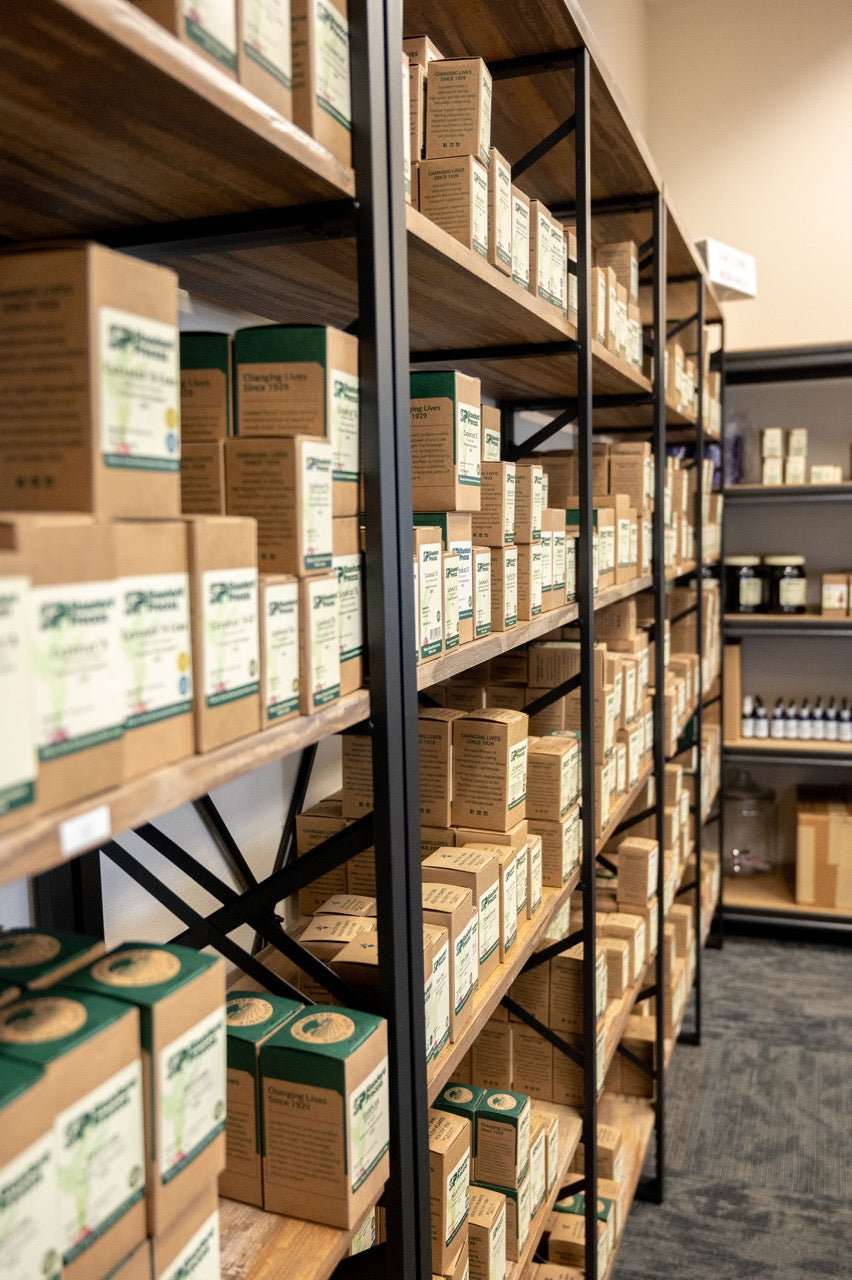IIf you're navigating through the maze of symptoms like a potbelly appearance, fluid retention, fluctuating energy levels, or hormonal imbalances, you're in exactly the right place. For both men and women, these signs can be more than just passing concerns; they are whispers from your body, indicating a deeper need for attention and care.
Men, imagine a scenario where your vigor seems to diminish, where issues like reduced muscle mass or challenges in maintaining your energy levels become daily struggles. Women, picture those moments of unexplained weight gain, especially around the hips and thighs, or the rollercoaster of emotional and physical changes you can't seem to control. These are not just random occurrences; they are potential signals from your Liver and Gonadal Body Types crying out for help.
But there's a beacon of hope. What if we told you that understanding these symptoms is the first step toward reclaiming your health? That by recognizing the language of your body, you can embark on a journey to feed your tired glands and kick-start dormant body systems?
Body Typing is your gateway to a well-crafted supplement plan, meticulously designed to nourish and rejuvenate. It's not just about alleviating symptoms; it's about igniting a profound transformation from within, paving the way for a healthier, more vibrant you. Whether it's the liver needing detoxification support or the gonads requiring hormonal balance, the right combination of supplements can be a game-changer.
So, brace yourself for an enlightening exploration into the Liver and Gonadal Body Types. Get ready to unlock the secrets of your body, and embark on a path to harmonized health and renewed vitality.
Better Understanding Gonadal and Liver Body Types
The Liver Body Type is often defined by its primary role in detoxification, metabolism, and the intricate regulation of hormones. Individuals with this body type can face challenges in metabolizing fats, which may manifest as a distinctive potbelly appearance due to fluid retention and fatty accumulation. In more severe cases, an inability to process toxins effectively can lead to a yellowing of the skin, known as jaundice. Moreover, hormonal imbalances are common, arising from the liver's central role in hormone regulation. These imbalances can affect not just the liver's own health, but also the systemic equilibrium, leading to a range of metabolic and endocrine issues that are visibly evident through body composition changes.
The Gonadal Body Type, on the other hand, revolves around the regulation of reproductive hormones, which significantly influences physiological functions. In men, testosterone imbalances can lead to erectile dysfunction, decreased muscle mass, and a propensity for fat to deposit in areas like the abdomen, contributing to the classic 'beer belly' appearance. For women, the challenges lie in the balance of estrogen and progesterone, with common issues including menstrual irregularities, weight gain patterns that favor the hips and thighs, and mood swings that can be as cyclic as their hormonal changes. These hormonal shifts are often visible in the body's silhouette, signaling the need for targeted support tailored to their unique physiological demands.
The Liver-Gonadal Hormonal Balancing Act
In the complex dance of hormonal health, the liver's contribution is not just significant, it's essential. As the body's chemical processing plant, the liver deftly manages the metabolism of sex hormones, ensuring that both estrogen and testosterone levels remain in balance.
However, when liver function falters, it can cast a long shadow over one's fertility and overall reproductive well-being, as hormonal imbalances emerge. The liver's role extends to the critical task of detoxification, where it diligently works to expel excess hormones that, if accumulated, can disrupt the delicate equilibrium of the Gonadal Body Type.
Here's a deeper look into these hormone relationships:
Liver’s Role in Hormone Metabolism - The liver's efficient metabolism of sex hormones is vital. When liver function is compromised, it can result in imbalances in estrogen and testosterone, which significantly affect gonadal health.
Impact on Fertility and Reproductive Health - A healthy liver is essential for balanced hormonal levels, which are crucial for fertility and reproductive health. Dysfunctional liver can lead to hormonal disruptions in both men and women, impacting reproductive capabilities.
Removal of Excess Hormones - One of the liver's key functions is to break down and eliminate excess hormones. An overtaxed liver struggling with this task can lead to hormonal imbalances that often manifest in disorders related to the Gonadal Body Type.
Influence on Sex Hormone Binding Globulin (SHBG) - The liver's health directly influences SHBG levels. This protein binds sex hormones, and any alteration in SHBG levels can impact the bioavailability and effectiveness of these hormones in the body.

Balance sex hormones by supporting your ability to create and detox excess hormones through proper gonadal and liver support.
Clues to Gonadal-Thyroid Body Types Hair Loss
Hair loss in individuals with a gonadal body type, particularly in males, can be attributed to hormonal imbalances, specifically related to the function of the gonads (testes). The gonadal body type is characterized by certain hormonal shifts that can impact hair growth.
Here's how it works:
- Dihydrotestosterone (DHT) Imbalance - The gonads produce a hormone called Dihydrotestosterone (DHT), which is a derivative of testosterone. DHT plays a significant role in certain characteristics, including hair growth. In cases of gonadal stress, there can be an imbalance in DHT levels. High levels of DHT are associated with hair loss, particularly male pattern baldness. This type of hair loss usually occurs at the hairline and crown rather than the temples.
- Estrogen and Testosterone Imbalance - Gonadal stress can also lead to an altered balance between testosterone and estrogen. In males, if testosterone levels decline or become converted into other hormones (like DHT and estrogens), this can lead to hair loss, among other symptoms.
- Nutrient Deficiencies - Gonadal stress might also be linked to nutritional deficiencies that are important for hair health. For instance, the testes, prostate and hair folicles use selenium and zinc. A lack of essential nutrients like zinc, which is crucial for healthy hair growth, can contribute to hair loss.
- Chronic Stress and Hormonal Shifts - Chronic stress, including the stress affecting the gonads, can lead to hormonal shifts that might influence hair health and growth patterns.

The liver and gonads share many nutrients including essential fatty acids, vitamin E and vitamin A. Therefore, many individuals experience common symptoms of this pairing.
Overlapping Symptoms of Gonadal and Liver Body Types
The overlapping symptoms of Gonadal and Liver Body Types primarily stem from hormonal imbalances and metabolic issues, impacting both reproductive health and detoxification processes.
Here are some of the key overlapping symptoms:
- Hormonal Imbalances - Liver and Gonadal Types can experience significant hormonal fluctuations. In the Liver Body Type, this is due to the liver's role in hormone metabolism, while in the Gonadal Body Type, it directly relates to the production of sex hormones. This can result in symptoms like mood swings, menstrual irregularities in women, and changes in libido in both genders.
- Weight Fluctuations - Both types may struggle with managing body weight. The Liver Body Type often presents with weight gain around the abdomen (potbelly), while the Gonadal Body Type, especially in women, shows fat accumulation around the hips and thighs. In men, it can manifest as abdominal fat deposition.
- Fluid Retention - The liver's role in regulating various substances in the body can lead to fluid retention, a symptom that can also be seen in Gonadal Body Types due to hormonal shifts.
- Metabolic Issues - Dysfunctional liver can lead to metabolic disturbances, which can exacerbate issues related to gonadal hormones, affecting overall energy levels and body composition.
- Fertility Issues - Both liver and gonadal dysfunctions can impact fertility. The liver's influence on hormone balance and the direct role of gonadal hormones in reproductive processes can lead to reduced fertility in both men and women.
- Skin Changes - Liver issues can sometimes lead to skin changes like jaundice or a sallow complexion. Similarly, hormonal imbalances in the Gonadal Body Type can lead to skin issues like acne or changes in skin texture.
Cycling Females: Diet and Nutrient Recommendations
For females in their menstrual cycle, dietary and supplemental choices are key in managing hormonal health and well-being:
Iron-Rich Foods - During menstruation, it's important to consume iron-rich foods to compensate for iron loss. This can include red meat, leafy green vegetables, and fortified cereals.
Phytoestrogens and Fiber - Foods containing phytoestrogens, such as soy products, and high-fiber foods help maintain hormonal balance and support digestive health.
Omega-3 Fatty Acid Rich Foods - Known for their anti-inflammatory properties, omega-3s can reduce menstrual pain and contribute to overall hormonal health.
Perimenopause Females: Diet Recommendations
During perimenopause, dietary habits and supplements play a crucial role in managing the transitional phase:
Calcium and Vitamin D-Rich Foods - Essential for bone health, foods like dairy, leafy greens, and fatty fish should be emphasized.
Phytoestrogens - Incorporating fermented soy products and flaxseeds, which contain natural phytoestrogens, can help balance hormonal shifts.
Menopause Females: Diet Recommendations
Post-menopause, dietary choices and supplements shift focus to support overall health and address specific post-menopausal concerns:
Antioxidant-Rich Foods - Foods high in antioxidants, like berries, nuts, and green tea, help combat oxidative stress.
Healthy Fats - Including healthy fats in the diet, such as avocados and olive oil, supports heart health and can help manage post-menopausal weight gain.
Phytoestrogens - In moderation, they can help balance hormones. Sources include flaxseeds and fermented soy products, which should be consumed as part of a balanced diet.
Men: Diet and Nutrient Recommendations
Men's nutritional and supplemental needs, particularly concerning gonadal and liver health, play a crucial role in maintaining overall well-being and addressing specific health concerns:
Lean Proteins and Healthy Fats - Foods like lean meats, fish, nuts, and seeds support testosterone levels and liver health.
Fiber-Rich Foods - Whole grains, fruits, and vegetables aid in digestion and liver function, and can help regulate hormones.
Cruciferous Vegetables - Vegetables like broccoli and Brussels sprouts support liver detoxification and hormonal balance.
Integrative Nutritional Strategies for the Gonadal-Liver Body Type
Incorporating Standard Process and MediHerb products into the regimen for individuals with a liver-gonadal body type provides targeted nutritional support. Here’s how specific supplements can benefit both men and women, especially during the critical phases of cycling, perimenopause, and menopause:
Men Options:
- Tribulus Known to support vitality and virility, Tribulus can aid in maintaining healthy libido and testosterone levels.*
- Livton Complex This blend supports liver detoxification, crucial for hormonal balance and overall health.*
- ProstaCo contains Saw Palmetto, Nettle Root and Crataeva in a Pumpkin Seed oil base to provide prostate support.*
- Cruciferous Complete™ Rich in compounds from kale and brussels sprouts, this supplement helps in the detoxification process of the liver, which is vital for hormone balance.*
Cycling Women Options:
- Chaste Tree (Vitex) Often recommended for its benefits in regulating menstrual cycles and addressing symptoms of hormone fluctuations.*
- LivCo® A blend of herbs that support liver function and can help in the metabolism of hormones, particularly important during perimenopause and menopause.*
- Ovatrophin PMG® This supplement provides support for ovarian health, which can be beneficial for women experiencing cycle irregularities.*
- Black Currant Seed Oil Rich in GLA (Gamma Linolenic Acid), this oil may help modulate prostaglandins, which play a role in healthy hormone function and can be particularly supportive during perimenopause and menopause.*
Perimenopause and Menopausal Women Options:
- Wild Yam Complex Includes ingredients traditionally used to support healthy female reproductive function and ease menopausal discomforts.*
- Paraplex A product that supports the healthy function of the adrenal, pituitary, and thyroid glands.*
- Hypothalmex Supports the hypothalamus, which plays a significant role in hormone regulation, particularly during menopause.*
- Ashwagandha Complex can help in managing stress, which is crucial for maintaining hormonal balance.*
In Conclusion
In conclusion, understanding the nuances of the Liver and Gonadal Body Types offers clarity and a pathway to revitalized health. If the symptoms and challenges we've discussed resonate with you, take heart in knowing that tailored solutions are within reach.
The next steps are crucial - consider a comprehensive nutritional assessment, and embrace lifestyle changes tailored to your specific needs. These actions will pave the way to not just managing symptoms, but thriving with a healthier, more balanced version of yourself. Let this be the start of a journey towards reclaiming your vitality and achieving optimal health.
Most Common Body Type Pairings
Disclaimer
The information provided here on body typing is intended for educational purposes only. It is not a substitute for professional medical advice, diagnosis, or treatment. Body typing is a framework that can assist in understanding individual physiological tendencies and potential health and nutrition needs. It should not be used to stereotype, judge, or label individuals in any way. Every individual is unique, and this information should be used as a general guide rather than a definitive assessment of one's health or character. Body types are a simplistic categorization and do not capture the complexity and diversity of human bodies. It's important to remember that many factors contribute to one's health and well-being, including genetics, lifestyle, environment, and personal history.Please consult with a healthcare professional for personalized medical advice. Always seek the advice of your physician or other qualified health provider with any questions you may have regarding a medical condition. Never disregard professional medical advice or delay in seeking it because of something you have read here.
Remember, this information is meant to promote understanding and knowledge about body types and is not intended to discriminate or create bias towards any body shape or size. Respect for individual differences and a holistic approach to health and well-being are paramount.







